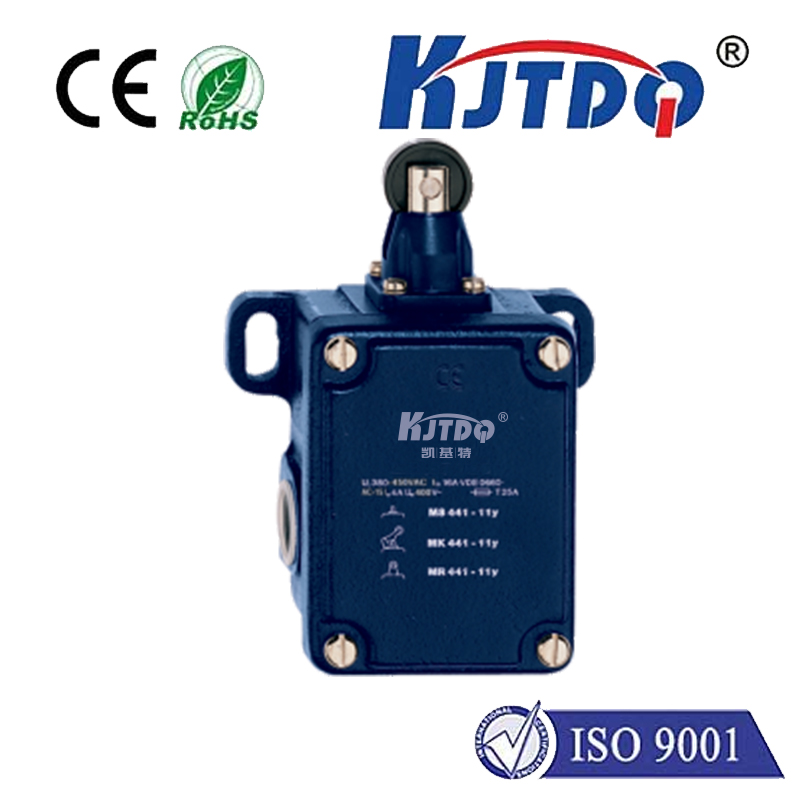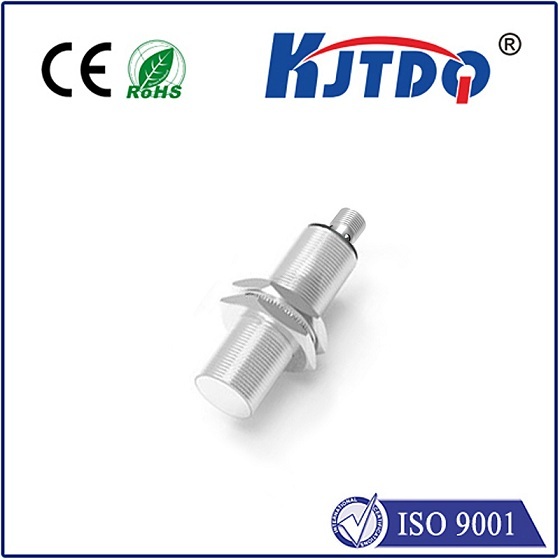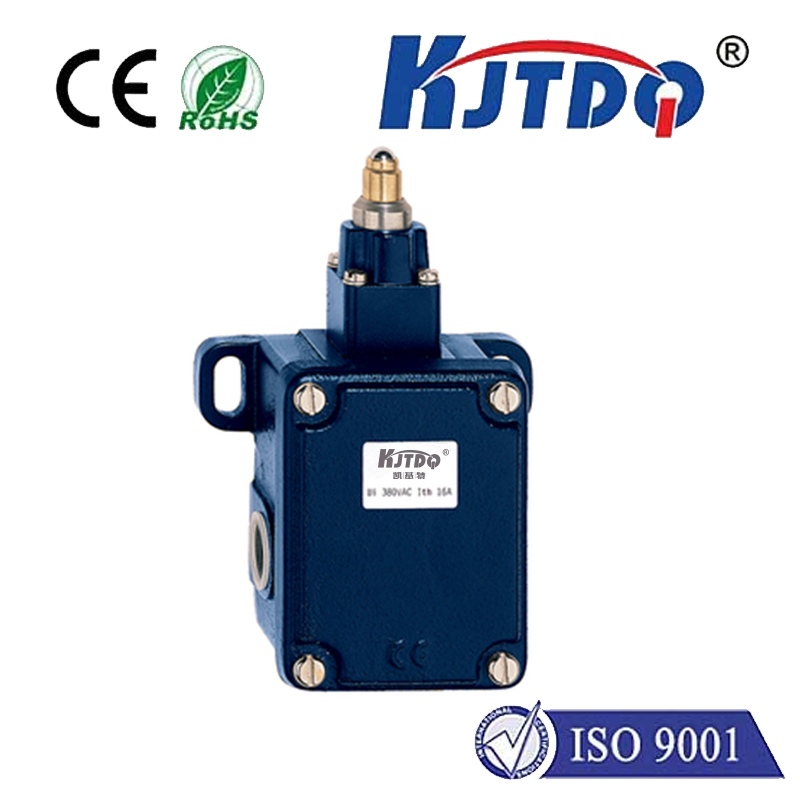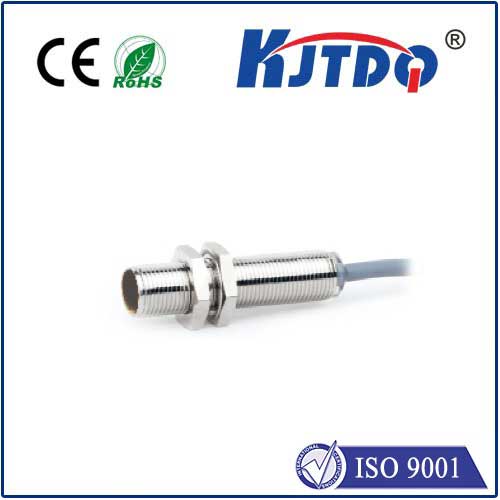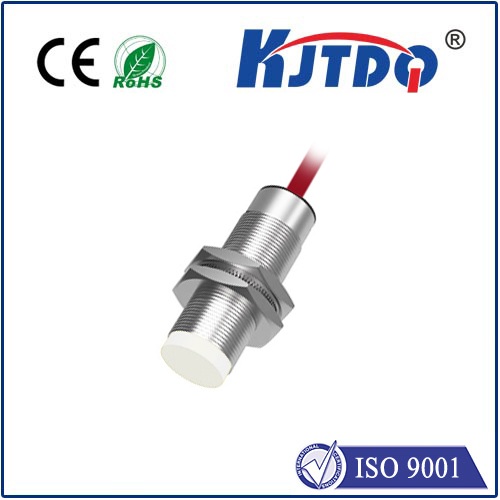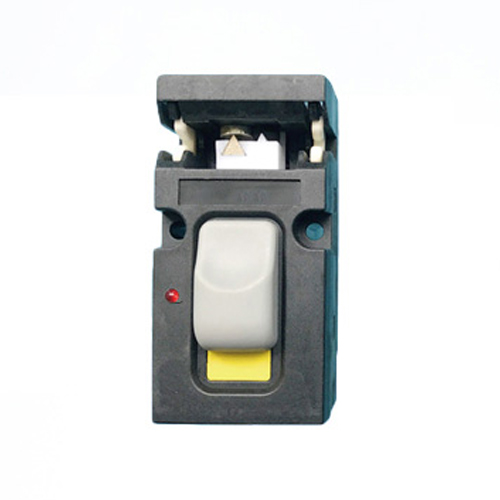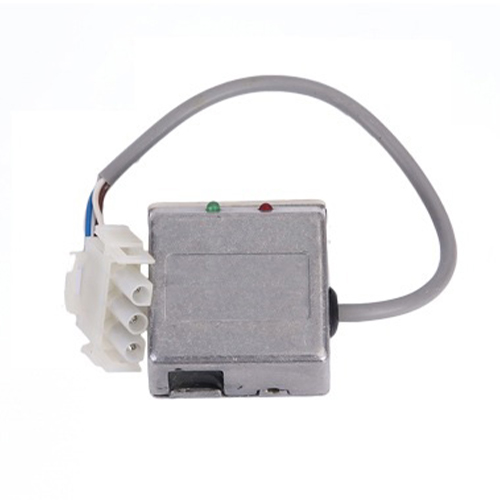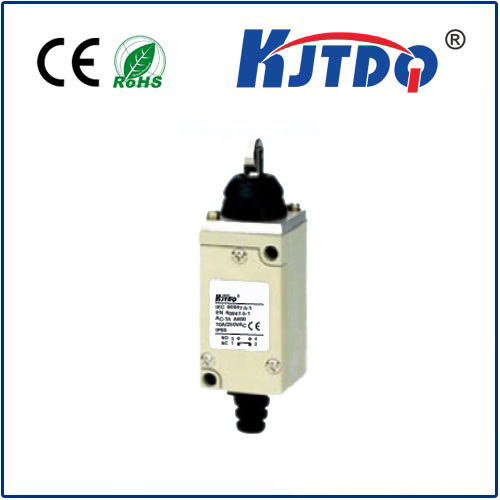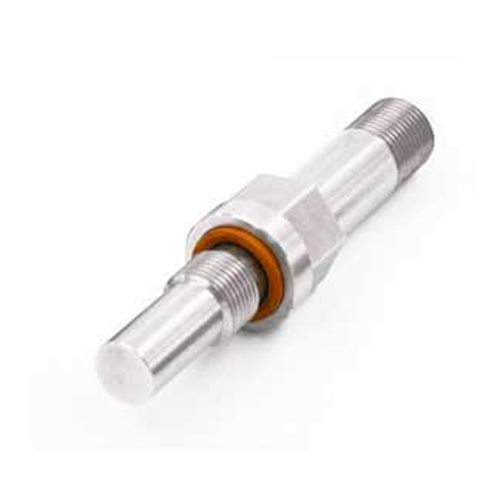wide beam laser sensor
- time:2025-08-29 00:42:26
- Click:0
Beyond the Pinpoint: Why Wide Beam Laser Sensors Are Revolutionizing Industrial Sensing
How Wide Beam Laser Sensors Deliver Reliable Detection in Demanding Applications
Imagine a bustling warehouse floor. Robotic forklifts zip between aisles, conveyor belts hum, and packages of every shape, size, and surface finish fly by. Precise object detection is critical – a missed pallet could cause a collision, an undetected box jams the line. Traditional pinpoint laser sensors might struggle here. Surfaces aren’t always perfectly aligned or consistently reflective. This is where the wide beam laser sensor shines, offering robust and versatile sensing solutions for challenging environments. This article explores the unique capabilities and growing applications of this invaluable sensing technology.
Moving Beyond the Focused Dot: Understanding the Wide Beam Advantage
Unlike conventional laser sensors that emit a tightly focused, pinpoint beam, wide beam laser sensors (also known as diffused reflective laser sensors) project a significantly broader, fan-shaped or oval laser beam pattern. This fundamental difference unlocks several significant advantages:
- Immunity to Misalignment and Target Positioning: The wider beam tolerates minor variations in the sensor’s mounting angle or the target object’s exact position. Even if the target shifts slightly laterally or tilts, there’s a high probability it will still intersect the broad beam, triggering detection reliably. This is crucial in dynamic or less rigidly controlled environments.
- Enhanced Performance on Difficult Surfaces: Pinpoint beams can be easily reflected away entirely from the receiver if hitting a highly specular (mirror-like) or uneven surface at an unfortunate angle. Wide beam sensors, with their large coverage area, increase the likelihood that some portion of the laser light will scatter diffusely back towards the sensor’s receiver, even from challenging surfaces like dark plastics, shiny metals, or textured materials. This translates to greater detection reliability.
- Simplified Installation and Setup: The forgiving nature of the wide beam often eliminates the painstaking precision alignment required with focused beam sensors. Mounting becomes faster and less error-prone, reducing installation time and cost.
- Improved Detection of Small or Irregular Objects: The broader beam effectively “casts a wider net,” making it easier to detect small objects or those with irregular geometries (like wires, chains, or oddly shaped components) that might easily slip through a narrow beam.
- Stable Operation in Vibrating Environments: In settings prone to vibration (machinery, mobile equipment), maintaining perfect alignment of a pinpoint beam is difficult. The inherent tolerance of wide beam sensors provides stable operation where others might flicker or fail.
How Does a Wide Beam Laser Sensor Actually Work?

Despite the broader emission, the core principle remains similar to diffused reflection sensing:
- Emitter: An internal laser diode generates the light, but it passes through a special lens or diffusing element that deliberately spreads the beam out into the characteristic wide fan or oval shape.
- Beam Projection: This wide beam pattern is projected towards the target area.
- Reflection: Light reflected diffusely from any object within the beam’s path travels back towards the sensor. Due to the beam width, reflected light comes from a larger surface area.
- Receiver: A sensitive photodetector (like a photodiode or phototransistor) within the sensor collects the returning diffuse light.
- Signal Processing: Internal electronics evaluate the intensity of the returned light. When this intensity exceeds a preset threshold (indicating an object is present within the sensing range), the sensor’s output signal switches state (e.g., from OFF to ON).
Where Wide Beam Laser Sensors Excel: Key Applications
The unique strengths of wide beam lasers make them the preferred choice in numerous industrial scenarios:
- Object Presence/Absence Detection on Conveyors: Detecting boxes, trays, bottles, or parts reliably regardless of orientation, slight conveyor wobble, or surface variations is a prime application. Their tolerance is invaluable on busy production or packaging lines.
- Pallet & Forklift Detection: In logistics and warehouse automation, ensuring a pallet is correctly positioned on a rack, verifying if a forklift tine is empty, or detecting pallets on AGVs (Automated Guided Vehicles) benefits immensely from the wide beam’s ability to handle misalignment common in these operations.
- Material Handling & Robotics: Guiding robotic arms, verifying gripper engagement, or detecting the presence of components in bins or feeders often involves unpredictable positioning, where wide beam sensors offer robust performance.
- Level Detection in Bulk Solids Bins: For coarse-grained materials, a wide beam can effectively detect the presence of material at a certain point without being overly sensitive to surface texture or angle.
- Vehicle Detection (AGVs, AMRs): Detecting the chassis or specific parts of autonomous vehicles for navigation, docking, or collision avoidance is well-suited to wide beam sensors due to vehicle movement and vibration.
- Packaging Machinery: Verifying flaps are closed, detecting cases at sealing stations, or confirming the presence of products before wrapping/capping operations benefit from the sensor’s tolerance.
Benefits Compared to Alternatives: More Than Just Convenience
Choosing a wide beam laser sensor often translates to tangible operational advantages:
- Reduced Downtime: Greater reliability and immunity to minor misalignments mean fewer false trips and stoppages caused by sensing issues.
- Lower Installation Costs: Faster, simpler setup saves labor time during initial installation and subsequent maintenance or reconfigurations.
- Increased Flexibility: Capable of handling a wider variety of target objects and materials without needing specific retroreflective surfaces or complex alignment.
- Enhanced Performance in Harsh Conditions: Many industrial-grade wide beam sensors feature rugged housings (often IP67 or IP69K rated) and operate reliably across wide temperature ranges (e.g., -30°C to +60°C), making them suitable for demanding factory floors or even outdoor applications. They typically use Class 1 or Class 2 laser sources, ensuring inherent eye safety during normal operation.
- Overcoming Limitations of Other Sensors: While ultrasonic sensors offer wide coverage, they can be slower and susceptible to acoustic interference. Photoelectric retro-reflective sensors require a reflector opposite the emitter. Wide beam laser sensors provide a fast, precise, reflector-less solution with excellent background suppression capabilities.
Implementing Wide Beam Sensors Effectively: Key Considerations
To maximize performance:
- Understand the Beam Pattern: Know the exact width and shape of the emitted beam at the intended sensing distance. Consult manufacturer datasheets.
- Select the Right Sensing Range: Ensure the sensor’s specified range matches your application needs. The effective beam width and intensity change with distance.
- Consider Background Suppression: Ensure the sensor has adequate background suppression to ignore objects beyond the intended target distance, especially important given the wide beam.
- Mounting Stability: While tolerant of minor shifts, a stable mounting platform is still essential for consistent long-term performance.
- Environmental Factors: Account for potential contaminants like dust, mist, or steam, which can attenuate the laser light. Choose sensors with appropriate ingress protection (IP ratings) and robust housings.
The Future is Broad: Embracing Versatility
The wide beam laser sensor has proven itself as an indispensable tool in modern industrial sensing. Its fundamental strength lies in its robustness and versatility. By embracing a wider coverage area and leveraging diffuse reflection principles, it provides reliable operation where pinpoint accuracy becomes a liability. As automation pushes into increasingly dynamic and unpredictable environments, the demand for sensing solutions offering tolerance, speed, and reliability will only grow. Engineers and system integrators seeking to minimize headaches and maximize uptime would do well to consider the significant advantages offered by wide beam laser technology – a practical solution delivering precision where it matters most.






